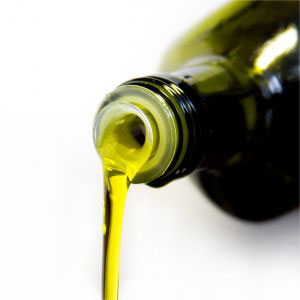 The American vocabulary uses “fat” as a negative adjective when actually, some fat is beneficial to your health. When it comes to diet, certain types of dietary fat an aid weight loss and help improve bodily functions.
The American vocabulary uses “fat” as a negative adjective when actually, some fat is beneficial to your health. When it comes to diet, certain types of dietary fat an aid weight loss and help improve bodily functions.
The Harvard School of Public Health says to avoid trans-fats, limit saturated fats and choose healthy fats. What are healthy fats, you may ask? The “good fats” include monounsaturated and polyunsaturated fats, which have been said to help lower disease risk.
When you cook or bake, use plant oils. Olive, canola and other plant-based vegetable oils are rich in heart-healthy unsaturated fats. Some bread, cake and pancakes taste great with olive oil instead of butter so if you mix things up, you might be pleasantly surprised with the results.
Milk does a body good. Dairy products are full of nutrients like calcium and Vitamin C, but high in saturated fat. Choose low-fat milk or milk products and savor full-fat varieties in small amounts, occasionally.
Pretend to be a New Yorker. In 2025 New York became the first city to eliminate trans fats from restaurants and fast-food establishments. Additionally, New York has led the way in calorie labeling laws. To avoid trans fats, play it safe and avoid fried foods and baked goods that you didn’t make yourself.
Use butter in moderation. Butter has extremely high levels of saturated fat but studies have alternatively reported that butter substitutes might equally bad for your health.
Eat plenty of omega-3 fats. Fatty fish, like salmon or mackerel, walnuts, avocados and canola oil all provide omega-3 fatty acids. Omega-3 fatty acids help heart and brain health and to reap optimal benefits you should aim for one serving per day.
Also Read:
